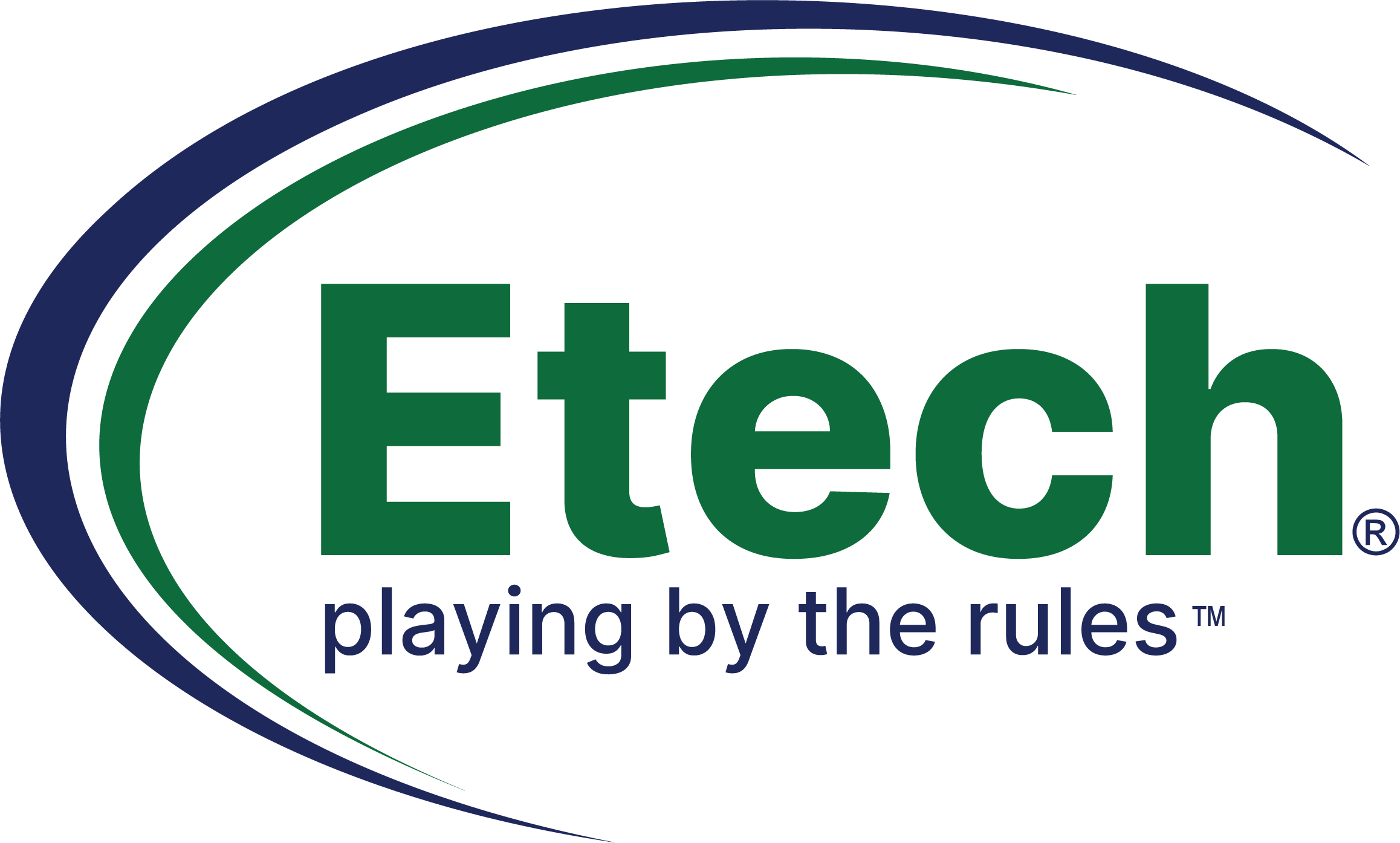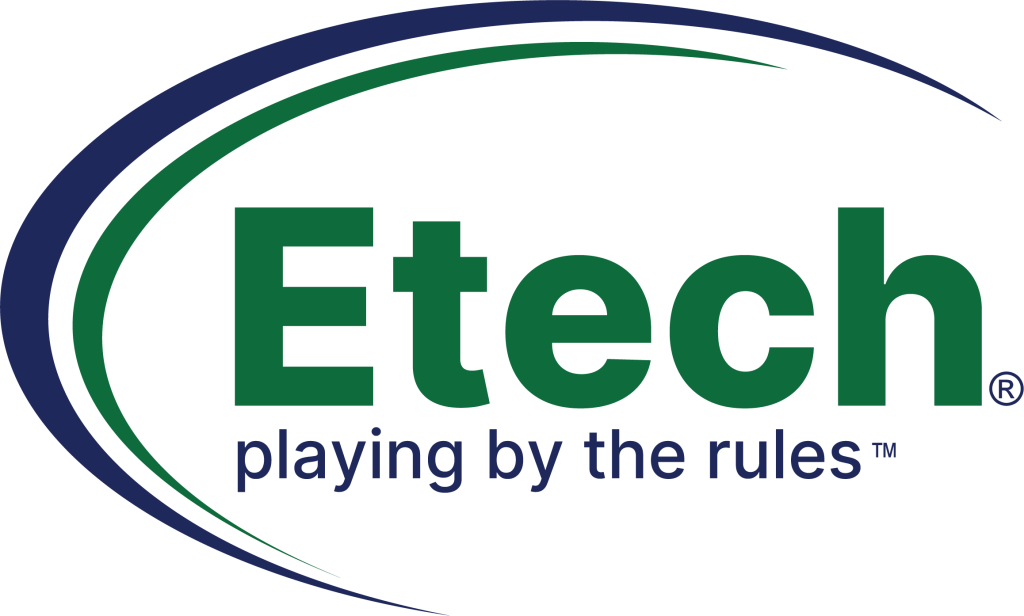Retention Strategies That Work
Have you heard the phrase, “People don’t leave their company they leave their manager”? This is not a new concept, and it is still worth our investment of time and energy. We as leaders are the driving force behind why someone will continue to work for our company and us. Leaders are the individuals that can drive retention within teams and can be the catalyst for other initiatives that inspire great employees to stick around. However, this does not mean that leaders are holistically responsible for all attrition, but it does mean you play on of the largest parts. The actions below can lead to better employer/employee relationships and higher output from your employees (These thought processes hold even more true for training and development teams in the classroom). Employee Engagement: A great leader takes the time to invest in their team. They will focus on both the metrics of the job and how someone is performing to goal equally as much as they focus on making personal connections. Leaders challenge individuals to achieve more than they thought was initially possible. Through this challenge, a great leader is able to inspire and fully engage their employees; and through their successes, their commitments will grow. Employee Support/Development: To allow team members to engage wholeheartedly, they must feel as if they are being supported. A great leader will take the time to give feedback (real feedback and not just what is easy to say) in a positive way that empowers their team members ability to adjust as needed. This should be regular and consistent. Over time a relationship will be built that won’t falter at the first hint of distractions. You as a leader must be genuine in how you interact with your team. Take their feedback and be willing to change for them as well. Continue to provide development at every turn. Teach them why you make the choices you do, challenge them to decide for you (talk through what was good/needs work), facilitate knowledge at every opportunity even if it does not apply to their job. Employee Relationships: I am referring to the professional relationship that allows you to talk on a personal level — a trust that can be built between leader and employee that demonstrates an acceptance of each other. This means building relationships with people beyond your inner circle. This is not easy and will require time. I know most people at this point will say, “Great, where do I find more time?” It is important that you do this regardless of the difficulty. Building relationships start on day 1 with first impressions and continue through the last days of employment (if we are lucky to even beyond that). We need to act with purpose and complete “getting to know you conversations” coupled with ongoing “rapport-building sessions” and finally “trust building relationship activities.” It is not hard! It takes commitment to your team, but the rewards of long-lasting relationships pay off more significantly than any spreadsheet. Promote other initiatives: Companies will often offer programs or initiatives to promote retention to offset the cost of replacing a team member. These investments come in many shapes and forms from incentives to development opportunities. A great leader will find what is available and, in some cases, work towards helping create these initiatives for their employees. Supporting your team will demonstrate that you as their leader genuinely care about their success as employees. Don’t enroll individuals that should not move beyond their skill level as this will set the wrong expectation, but don’t be afraid to push the envelope for your team members that could use it (or benefit from it). It is a fine line that requires a relationship with your team to know where you can be real with individuals about their skill sets and push them when necessary. It has been said that once a leader invests this kind of time and energy into someone, they won’t look for other opportunities, but we should understand that some still will. While not everyone will stay with you forever, these things could improve relationships, output and overall team morale which may lead to greater retention. These benefits alone make the investment well worth the risk.


